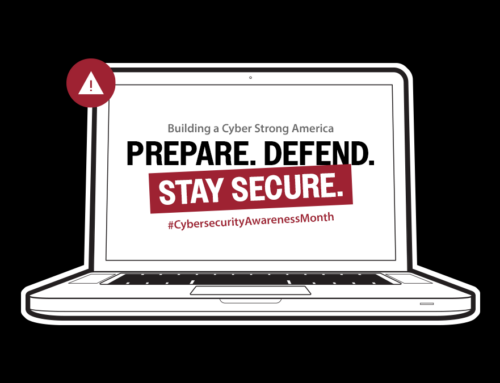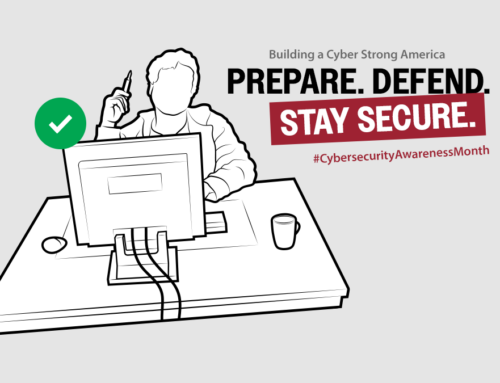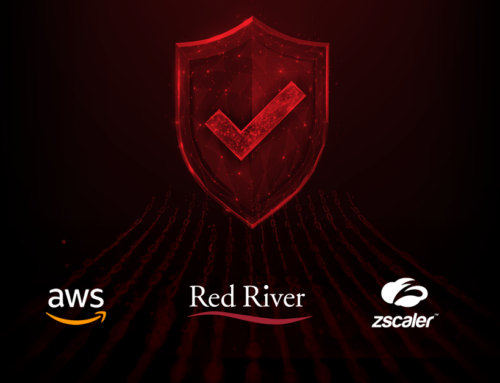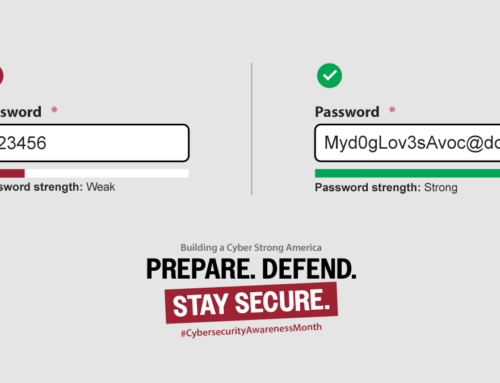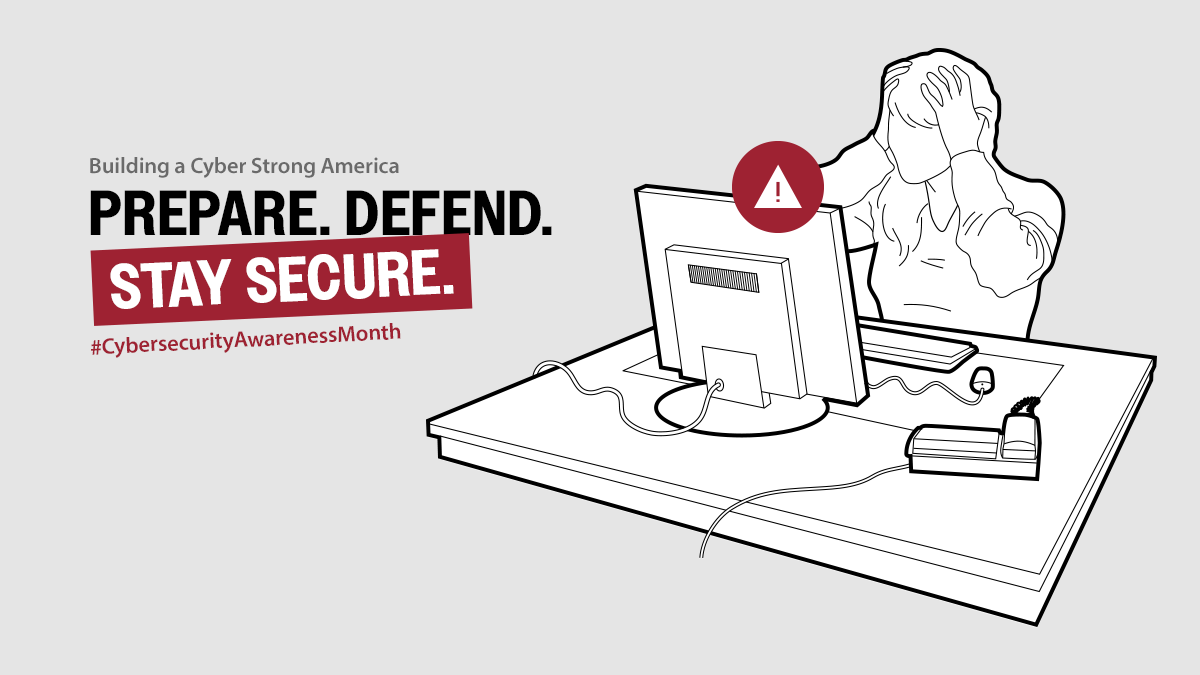
Watch the Demo: Mitigating Cyber Threats with Zero Trust & Privileged Access Management
Last week when we kicked off cybersecurity awareness month, and talked about the importance of following the NIST protocols for passwords, which emphasizes how passphrases can be an effective measure in maintaining security. As we enter week two of cybersecurity awareness month, we are looking at Zero Trust and how access management is part of the equation.
The Impact of Mismanaged Credentials
In a recent blog series we shared how Identity Access Management (IAM) is a critical component under the umbrella of Zero Trust. But, within access management there is an important subset of users with high-level permissions across public and private organizations that are particularly important to protect.
Up to 50% of successful cyber-attacks can be traced back to mismanaged credentials, and when it comes to privileged accounts, the consequences can be even more devastating. Mismanaging privileged accounts can open the door to a wide variety of attacks from insider threats to ransomware. Each of these risks directly impact the security and future of an organization.
Exploring Solutions that Reduce These Risks – in Our Demo Lab
The Zero Trust model is built on identity and access management at its core by continuously authenticating user and device identities, enforcing the principle of least privilege, and granting access only when necessary. Red River helps organizations
Identify their path to Zero Trust and how to implement these access management methods, while also providing an easier and more secure way to manage access to Linux and Windows servers Over SSH and RDP.
At Red River, we have a Zero Trust multi-vendor demo environment based on the CISA models where we can showcase different solutions working together to enhance security.
Watch the Demo
Watch our video from the demo lab to explore a real world example that allows an organization to move past traditional credentials and manage access to critical infrastructure.
Want to learn more about what solutions could work in your environment to protect high-level permissions? Contact us [email protected].
written by
Red River
We call ourselves a technology transformation company because we know how to harness the power of technology to change the way you do business and meet mission objectives. Our industry leading technical expertise, strategic partnerships and portfolio of services and solutions that span the entire lifecycle of technology have made us the partner of choice for clients in the commercial, federal and SLED markets interested in optimizing business processes and maximizing the value of their investments. Learn more about Red River.
